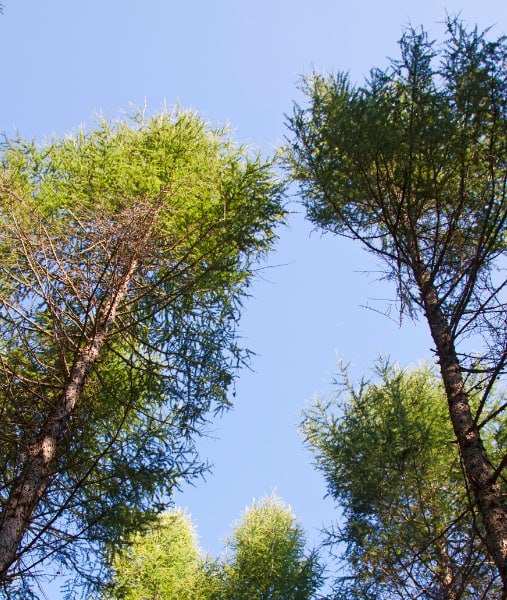Introduction: As a responsible homeowner, taking care of the trees on your property is essential for their health and safety. One crucial aspect of tree maintenance is crown reduction, a specialised pruning technique that involves reducing the size and spread of a tree’s canopy. In this blog post, we will guide you through the when and why of tree crown reduction, helping you make informed decisions to preserve the beauty and safety of your landscape.

- When to Consider Tree Crown Reduction:
a. Overgrowth: If your tree has outgrown its surroundings, encroaching on buildings, powerlines, or neighbouring properties, it may be time to consider a crown reduction. Controlling the tree’s size will prevent potential hazards and conflicts.
b. Storm damage: Some branches may be weakened or damaged after a severe storm or high winds. Crown reduction can help remove compromised limbs and reduce the risk of falling debris.
c. Disease and pests: Trees affected by diseases or infestations may exhibit signs of stress or decline in their canopy. Crown reduction can improve the tree’s health and resilience.
d. Structural imbalance: Trees with unbalanced canopies due to irregular growth may benefit from crown reduction to enhance their stability and appearance.
e. Light obstruction: Overly dense canopies can limit sunlight penetration to the lower parts of your garden. Crown reduction allows more light to reach other plants and grasses.
- The Benefits of Tree Crown Reduction:
a. Safety: By removing hazardous branches, crown reduction minimises the risk of falling limbs and potential accidents during storms or inclement weather.
b. Health and vitality: Pruning the canopy allows the tree to direct its energy to healthier growth and fosters better air circulation, reducing the risk of fungal diseases.
c. Aesthetics: Crown reduction enhances the tree’s appearance, giving it a more balanced and visually appealing form that complements your landscape.
d. Property protection: Preventing branches from encroaching on buildings or powerlines helps protect your property from costly damages.
e. Longevity: By addressing structural issues and promoting healthier growth, crown reduction can extend the life of your tree, allowing you to enjoy its presence for years to come. - The Pruning Process:
a. Consultation: Begin by consulting a certified tree surgeon. They will assess the tree’s condition and provide expert advice on whether crown reduction is the best solution.
b. Precision pruning: The arborist will selectively remove specific branches, maintaining the tree’s natural shape and ensuring proper cuts for faster healing.
c. Post-pruning care: After the crown reduction, your tree may require additional care, such as proper irrigation and mulching, to aid in its recovery.
Conclusion: Tree crown reduction is a valuable practice that benefits both trees and homeowners. If you notice signs of overgrowth, structural imbalance, or potential hazards, consider consulting a professional tree surgeon from Sheppey Tree Surgeons. By undertaking crown reduction at the right time and for the right reasons, you can preserve the health, beauty, and safety of your trees and enhance the overall appeal of your property.
Call us on 01795718597 or click here to complete our contact form and see how we can help with your tree’s needs.